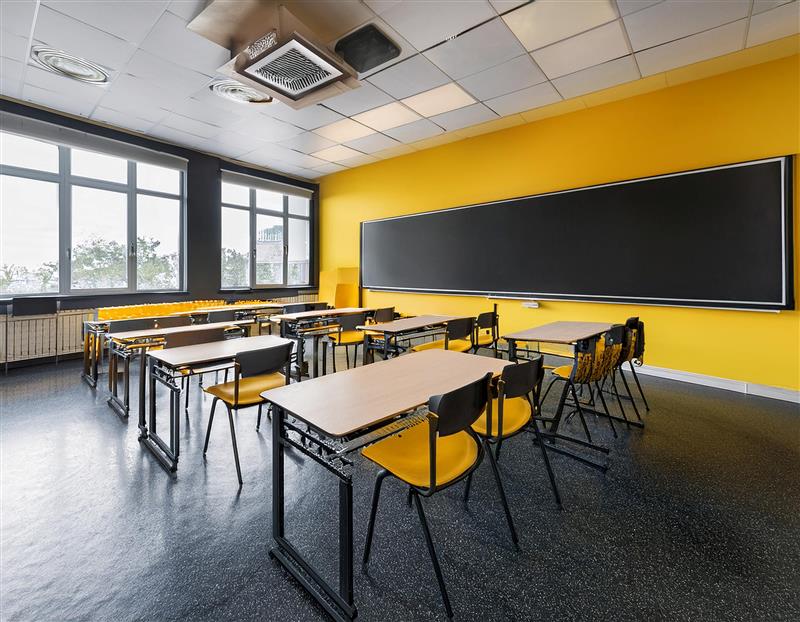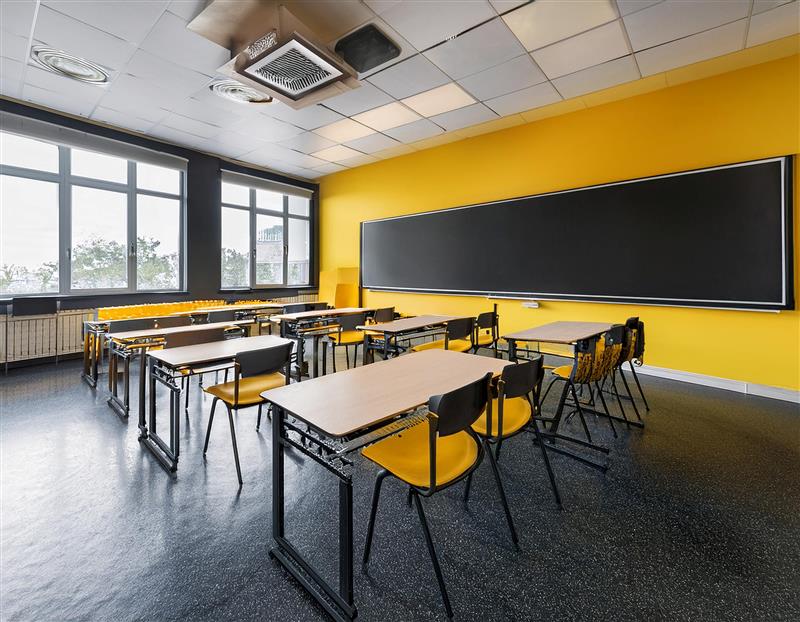On 8 August 2025, the Delhi Assembly passed the Delhi School Education (Transparency in Fixation and Regulation of Fees) Bill 2025, positioning it as the capital’s answer to steep private-school fee hikes seen over the last few years. The Bill now awaits the Lieutenant Governor’s assent.
On 8 August 2025, the Delhi Assembly passed the Delhi School Education (Transparency in Fixation and Regulation of Fees) Bill 2025, positioning it as the capital’s answer to steep private-school fee hikes seen over the last few years. The Bill now awaits the Lieutenant Governor’s assent.
At its core, the law builds a three-tier oversight system.
- Tier 1 sits inside every school – a School-Level Fee Regulation Committee chaired by a school management nominee, with the principal as secretary, three teachers, five parents selected by lottery and a Directorate of Education (DoE) nominee as an observer.
- Tier 2 is a District Fee Appellate Committee, chaired by the district DoE; parents can escalate challenges here – but only if at least 15% of the school’s parents sign on.
- Tier 3 is a State-level Revision Committee led by an eminent education figure; its orders hold for three years.
Two design choices stand out. First, the definition of “school” is all encompassing. It covers private unaided pre-primary through senior secondary institutions, whether recognised or unrecognised, affiliated to Indian or foreign boards, including minority-status institutions and those on concessional government land. This breadth closes many loopholes schools have historically used to sidestep fee regulation, bringing both recognised and unrecognised private schools under a common framework.
Second, government visibility moves inside the tent. The DoE nominee sits on every school-level committee, even if only as an observer. This means the department gets line-of-sight into how fee structures or hikes are proposed and approved. While the “observer” role carries no vote, the soft power here is significant. Schools can expect tougher scrutiny and a stronger push to justify any increase.
The Aam Aadmi Party (AAP), now in Opposition in Delhi, proposed eight amendments to the Bill – all were voted down. The most debated were:
- Mandatory annual audits with audited accounts being shared with parents, plus a 15-day window for objections
- Enlarging parent voice by expanding school committees to ten elected parents instead of five drawn by lot
- Allowing a single parent complaint to trigger action (rather than the 15% threshold)
- Preserving parents’ right to challenge committee decisions in civil courts.
Had these passed, they would have titled the balance of power towards parents. By rejecting them, the legislature preserved a degree of autonomy for schools, therefore honouring principles upheld by the Supreme Court time and again.
Enforcement teeth in the Bill are meaningful. First-time violations can result in INR 1–5 lakh in fines, with repeat breaches being fined with INR 2–10 lakh. Penalties can escalate to suspending or withdrawing recognition, restricting a school’s right to revise fees or even taking over management. The Bill also outlaws coercive practices like withholding results or striking a student off the rolls. The DoE is expected to use these levers in high-profile cases as the regime kicks in.
For schools, the new structure adds complexity and hurdles to revising fees. Committee composition, which includes parents chosen by lottery and a DoE observer, means more stakeholders to align with. On top of that, once approved, a fee structure is locked in for three years.
Delhi will now have one of the most tightly regulated K-12 fee environments in India. This can work both ways. Predictability (clear timelines, defined penalties, and formal escalation channels) makes modelling easier. But constrained fee latitude and deeper government oversight will compress operating headroom. For operators looking for growth through pricing power or buy-and-build strategies, the new regime will require a fresh outlook.
The Bill arms the regulator with visibility and enforcement. Whether it balances parental protection with school viability will depend on the fine print, committee behaviour and how authorities interpret “reasonable” fee increases. As some of this unfolds over time, schools should start thinking about recalibrating their strategy.



